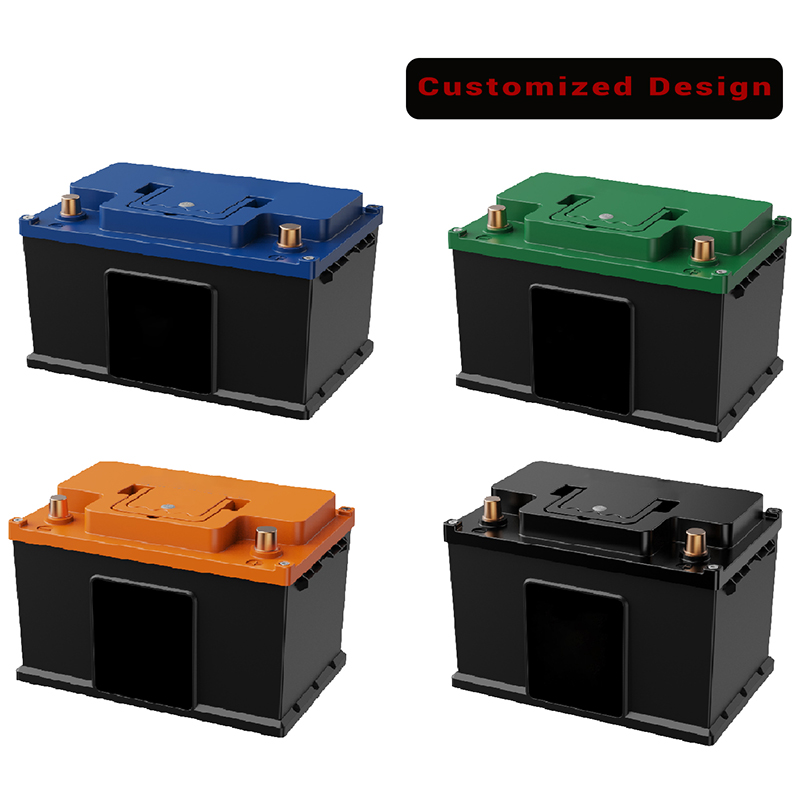Energy storage battery is one of the core components of electric vehicles, which largely determines the performance of electric vehicles. Energy storage batteries have undergone three generations of development, namely staggered batteries, alkaline batteries and fuel cells.
One of the generations of lead-acid batteries is inexpensive, but the number of charge and discharge is small, the self-discharge current is large, and the response speed is slow.
The second generation of batteries is alkaline batteries, common nickel-tin batteries, anti-oxygen batteries, physical batteries, etc., among which nickel couch batteries contain heavy metal chromium, which seriously pollutes the environment, and has a strong memory effect, and is rarely used now. In terms of capacity-to-volume ratio, the mirror hydrogen battery is twice as high as the mirror cadmium battery, and solves the problem of heavy metal pollution.
The third-generation battery is a fuel cell, which uses hydrogen redox reaction to produce electricity, and the energy density is higher than that of the previous two generations of batteries, but due to the problems of oxygen transportation, storage, and infrastructure, the fuel cell itself cannot achieve energy feedback, and it is difficult to achieve large-scale industrialization.
On the whole, there are great differences between energy storage batteries and power batteries in terms of application scenarios, performance requirements, service life, battery types, and competition.

1. Application scenarios
Energy storage battery: mainly used for peak regulation and frequency regulation power auxiliary services, renewable energy grid connection, microgrid, C and other fields.
Power battery: mainly used in electric vehicles, electric bicycles and other power tools.
2. Performance requirements
Energy storage batteries: The vast majority of energy storage devices do not need to be moved, so energy storage lithium batteries do not have direct requirements for energy density; Power density, different energy storage scenarios have different requirements.
Power battery: As a mobile power supply, it has high requirements for energy density and power density.
3. Service life
Energy storage battery: The cycle life of energy storage lithium battery is generally required to be greater than 3500 times.
Power battery: The cycle life of power lithium battery is 1000-2000 times.
4. Battery type
Energy storage battery: The mainstream battery types are lithium iron phosphate battery and ternary lithium battery, with the solution of the energy density problem of lithium iron phosphate battery, the proportion of lithium iron phosphate battery is increasing year by year.
Power battery: For safety and economic reasons, lithium iron phosphate batteries are usually used when choosing lithium battery packs.
5. Facing competition
Energy storage batteries: facing the cost competition of traditional peak and frequency regulation technologies.